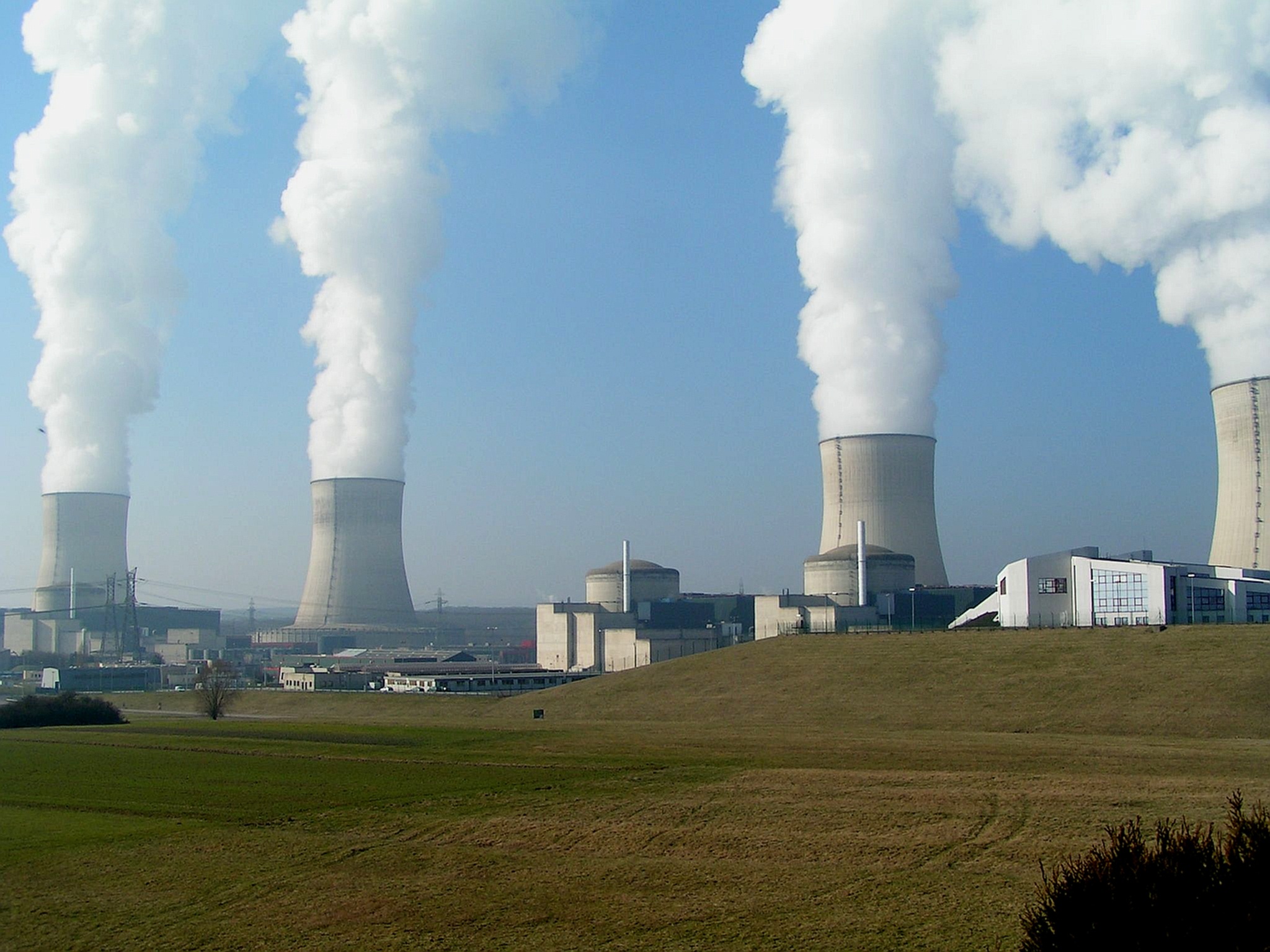The question of whether the nuclear force qualifies as a central force evokes a tapestry of complexity interwoven with the fundamental principles of particle physics. Central forces are defined primarily by their dependency on the distance between two interacting particles, leading to spherical symmetry in their potential energy. In contrast, the nuclear force—also known as the strong force—exhibits unique characteristics that compel a reevaluation of traditional classifications. This examination begins by analyzing the nature of forces in quantum mechanics, the peculiarities of the nuclear force, and ultimately the implications for our understanding of atomic structure.
To approach the question methodically, let us first delineate what constitutes a central force. In classical mechanics, a central force is one that acts along the line connecting two particles, adhering to the inverse-square law phenomena exemplified by gravitational and electrostatic forces. Such forces can be mathematically represented by potentials that are dependent solely on the radial distance between particles, thus producing predictable trajectories. Central forces lead to the conservation of angular momentum, allowing for stable orbits.
Conversely, the nuclear force operates under different principles. Its primary function is to bind protons and neutrons within an atomic nucleus, overcoming the repulsive electromagnetic force that drives like charges apart. The strong nuclear force engenders a profound intrigue due to its magnitude—approximately a hundred times stronger than the electromagnetic force at short ranges (on the order of femtometers). However, the intriguing aspect of this force lies in its non-central attributes.
The nuclear force exhibits a saturation property, meaning that it effectively binds a limited number of nucleons. As more nucleons are added, the force does not continue to escalate linearly. This saturation implies a complex interaction that is more nuanced than straightforward distance dependence; regions of nucleons can obscure the influence of nearby particles. Consequently, the potential energy curve depicts a more intricate relationship, diverging from expectations based solely on central force dynamics.
Furthermore, another fundamental attribute of the nuclear force is its short-range capability. The force is potent only over distances on the order of 1 femtometer (10-15 meters). Beyond this range, the force diminishes rapidly—akin to a nuclear ‘strong wall’ limiting the interactions of nucleons. This short-range interaction suggests that the nucleus is not merely a symmetrically configured ensemble of particles; instead, it evolves as a complex amalgamation of overlapping forces—an intricate tapestry of quarks and gluons operating under the principles of quantum chromodynamics (QCD).
The role of gluons in the transmission of the strong force introduces yet another layer of complexity. Unlike traditional central forces that propagate through scalar potentials, the strong force operates through vector-like gluonic exchanges between quarks. This exchange leads to intricate color charge dynamics, compelling a reevaluation of how forces are conceptualized at subatomic levels. As gluons mediate the interactions between quarks, they induce a phenomenon known as confinement, which ensures that quarks remain entangled within protons and neutrons—far removed from our traditional understanding of central forces.
Exploring further, one might ponder the implications of viewing the nuclear force through a prism that transcends classical categorizations. The distinction invites us to reflect on how central forces guide much of our comprehension in physics, while simultaneously acknowledging that the strong nuclear force shatters these confines. By examining the nuances of nuclear force dynamics, researchers can cultivate new theoretical models that account for the emergent behaviors of subatomic particles, including sophisticated phenomena such as hadronization and baryon asymmetry in the universe.
To distill this discourse, we can postulate that the nuclear force, while governed by principles that evoke central force characteristics in certain contexts, diverges due to its multi-faceted nature. The behavior is not dictated merely by distance; it undergoes significant transformation as particles approach each other within the nuclear landscape. Ultimately, the pursuit of understanding the nuclear force fervently compels physicists to recalibrate their frameworks of analysis regarding force interactions while beckoning curiosity towards uncharted territories of quantum mechanics.
In conclusion, while traditional definitions of central forces serve as valuable guides in our comprehension of particle interactions, the nuclear force emerges as a compelling case study challenging those conventions. The nuanced interplay of saturation, short-range confinement, and gluonic exchanges articulates a force that defies simplistic categorization. Thus, the exploration of whether the nuclear force is a central force is not merely an inquiry into force classification but a beckoning pathway to broader insights into the very fabric of matter and the universe itself. The curious observer may find themselves at the brink of a paradigm shift—an invitation to venture deeper into the enigmatic world of atomic interactions, where established norms can yield to a richer understanding of the strong forces that underpin the atomic nucleus.












